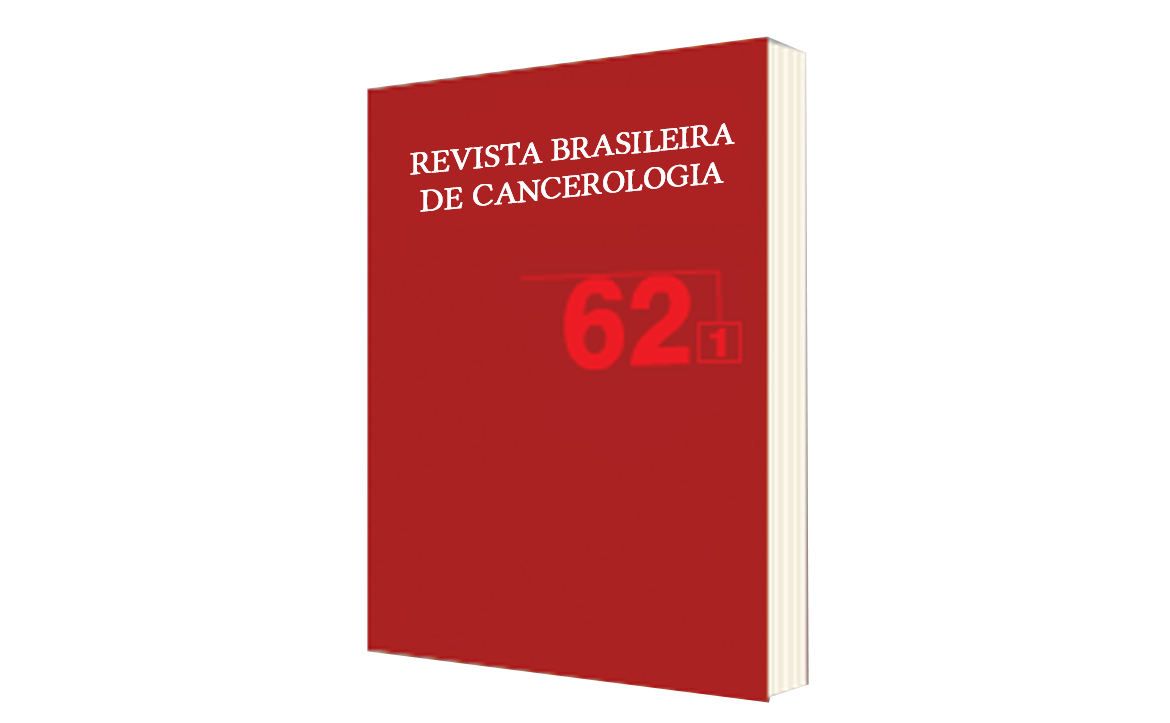Triagem Nutricional por meio do MUST no Paciente Oncológico em Radioterapia
DOI:
https://doi.org/10.32635/2176-9745.RBC.2016v62n1.176Palavras-chave:
Neoplasias/radioterapia, Radioterapia, Avaliação Nutricional, Índice de Massa Corporal, Estado Nutricional, Consumo de AlimentosResumo
Introdução: A radioterapia contribui para a redução da ingestão alimentar e maior perda de peso, devido ao aparecimento de sintomas gastrointestinais, o que consequentemente leva à desnutrição. Objetivo: Identificar o risco nutricional, por meio do Malnutrition Universal Screening Tool (MUST), em pacientes com câncer submetidos à radioterapia. Método: Estudo transversal, realizado com pacientes ambulatoriais do Serviço de Radioterapia do Hospital de Câncer de Pernambuco, durante outubro/2014 a maio/2015. Foram avaliadas as características socioeconômicas, demográficas, estilo de vida (fumo, álcool e atividade física), variáveis antropométricas (peso habitual, atual e IMC), comorbidades (hipertensão e diabetes), tipos de neoplasias, tempo de diagnóstico e tratamento. O risco nutricional foi identificado utilizando-se o MUST, que classifica o paciente com risco ou sem risco, e em baixo, médio e alto risco nutricional. Resultados: Foram estudados 150 pacientes com média de idade de 47,3 anos, a maioria mulheres (72%) e proporções semelhantes de adultos e idosos. Observou-se que a maioria do grupo era procedente do interior do Estado, inativos/aposentados e recebiam 1-3 salários mínimos. O risco nutricional foi significantemente maior nos idosos (62,9%), em que predominou o alto risco (45,7%), enquanto nos adultos a maioria evidenciou sem risco (61,2%). As neoplasias mais frequentes foram as ginecológicas (59,4%) com ganho de peso de 33,3%; em seguida, os tumores de cabeça e pescoço com elevada perda ponderal (p=0,007). Conclusão: O MUST detectou risco nutricional em 50% dos pacientes estudados, com predominância nos idosos, a maioria com alto risco. Na neoplasia de cabeça e pescoço, predominou a perda ponderal; enquanto, no ginecológico, o ganho de peso. Ressalta-se a importância da realização de triagem ambulatorial para instituir precocemente uma terapia nutricional especializada.









